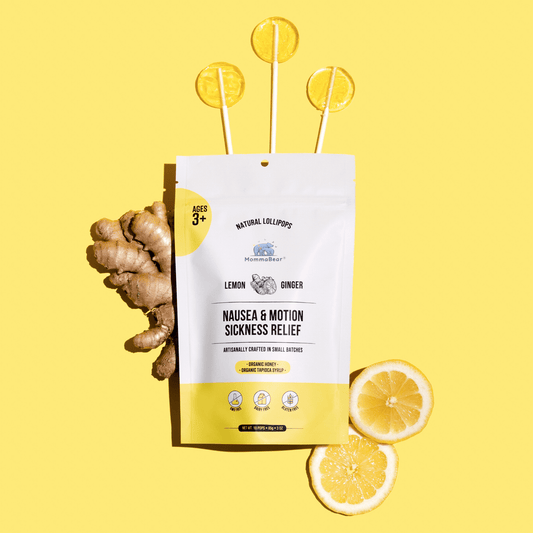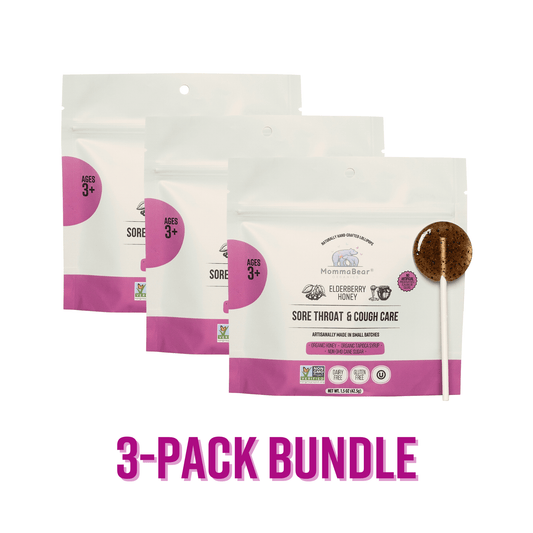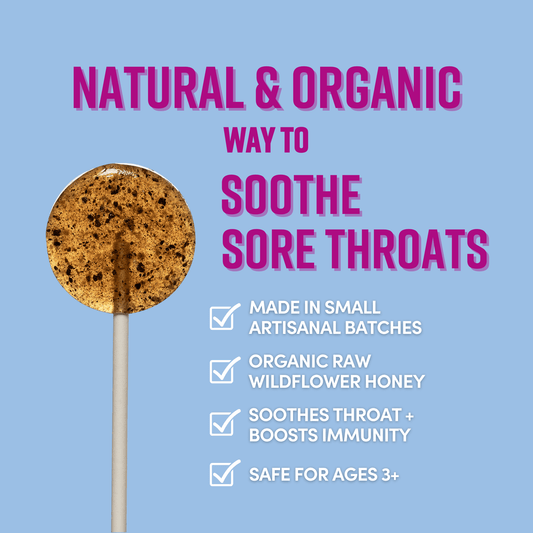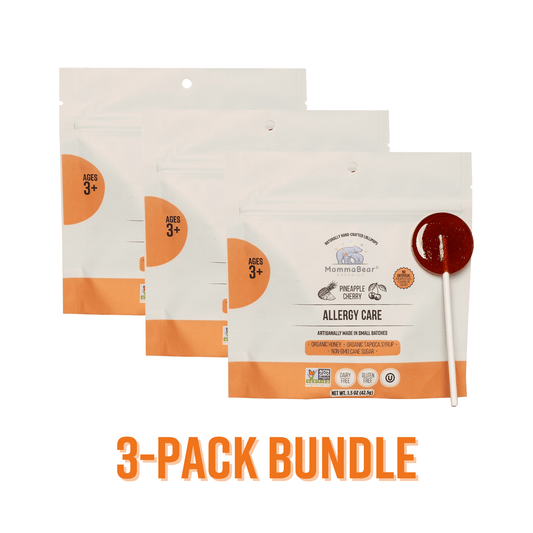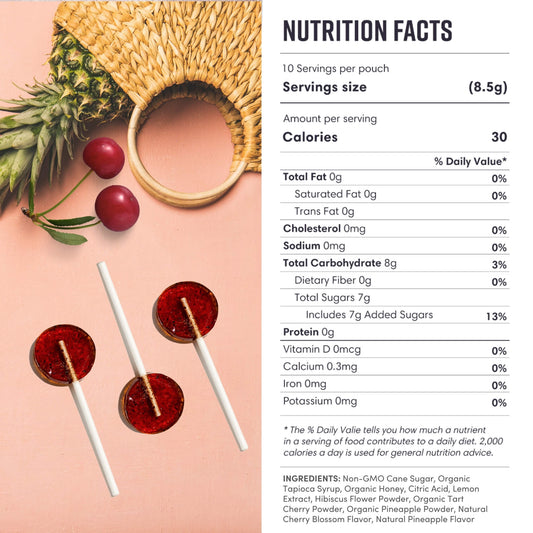Okay, so after a really tough workout, you know that feeling? When you can barely walk down the stairs the next day? I've been there so many times. And for the longest time, I just thought that was the price you pay for getting stronger. But I've been looking into it, and it seems like what you eat right after you exercise is a huge deal. Specifically, protein.
I'm still figuring it all out, but here are the little reminders I try to keep in my head:
-
Aim for about 20–40g of protein after a workout.
-
Plant-based proteins like pea or pumpkin seed are actually really good options. They do the job and give you other good stuff like magnesium and iron.
-
Timing is everything, apparently. Your muscles are most ready for that protein within a half-hour to two hours after you finish.
-
Mixing different plant proteins together helps make sure you're getting everything you need for the best repair job.
Honestly, I’ve found that plant-based options are just gentler on my stomach, which is a big win. They seem like a smart choice for my body and, you know, for the planet too. If you're curious, keep reading, because I’m going to share what I've been learning.
Can Plant Protein Powder Help With Muscle Recovery? - The Recovery Kitchen

How Muscle Recovery Works and Protein's Role
It's kinda wild to think about what's actually happening in your body when you're sore. I mean, it's not just "ouch, my legs hurt." There's a whole process going on under the surface, and once I started to get it, making smarter food choices got way easier.
What Happens During Muscle Recovery
So, when you work out, you're literally making these tiny little tears in your muscle fibers. It sounds bad, right? But that's actually how you get stronger. Your body goes into this big repair mode, and that's when the real magic happens.
Right after you exercise, your body just flips a switch and starts fixing things. I read somewhere that your strength can drop by like, half, which totally explains why I feel so weak sometimes. During this time, your body kicks off this process called muscle protein synthesis, sending in a construction crew to patch up all those little tears. The coolest part is that your muscles are apparently just waiting for protein for up to a whole day after you exercise. They're ready to rebuild.
This whole repair job is where protein becomes the star of the show.
How Protein Repairs Muscles
This is where protein comes in. It gets broken down into these things called amino acids—you can think of them as the Lego blocks for your muscles. They patch everything up and help you grow back stronger.
I saw a quote from this scientist, Dr. Andy Holwerda, who basically said the same thing, that protein is what gives your body the raw building materials it needs for repair. Timing seems to matter a lot, too. I've read that getting some protein in pretty soon after you're done working out really helps kickstart that whole process.
And it's not just about feeling better, either. It actually helps you not lose as much strength while you recover. Like, one study I stumbled upon said that eating 4 ounces of beef increased muscle building by 50%, which is just crazy. Most experts seem to agree you need a steady supply of those amino acids when your muscles are crying out for them.
Problems with Common Recovery Methods
So protein is obviously a big deal, but not all protein is created equal, you know? Some of the go-to methods people use actually have some catches that can mess things up. It’s what got me looking into more natural ways to do this whole recovery thing.
Digestive Issues with Animal-Based Proteins
Feeling good after a workout isn't just about your muscles; it’s also about your stomach. And honestly, some of those animal-based protein powders can really do a number on my digestion. Especially the dairy ones, like whey. I learned that tons of people have trouble with lactose, so it's really not just me. This dietitian from Harvard, Kathy McManus, mentioned that milk-based powders can cause stomach issues for a lot of people.
And then there are all the artificial sweeteners they put in there... just, no thanks. It seems kind of pointless to do something good for my muscles if it’s going to make my stomach hurt. And honestly, I read that most people in Australia get plenty of protein from their regular food anyway, so going overboard with supplements might not even be necessary for a lot of us.
Absorption Problems in Plant Proteins
But then, plant proteins have their own little quirks. I used to think they weren't as good because your body can sometimes have a harder time absorbing them compared to animal proteins. Something about "anti-nutrients" that can get in the way. It can slow things down, which is not what you want when you're tired and sore.
But what's really cool is that how you prepare them makes a huge difference. I had no idea! Things like soaking or fermenting beans can apparently get rid of a lot of those anti-nutrients and make them easier for your body to use. So, it's not that plant proteins are bad, you just have to be a little smarter about them. It’s all a learning process, I guess.
sbb-itb-e1a023f
Why Plant-Based Protein Works for Muscle Recovery
This is what really got me excited about plant-based protein. It's not just a "second-best" option. It can be just as good for muscle recovery as animal protein, as long as you eat enough of it. I used to be skeptical, but the more I look into it, the more sense it makes.
But there’s more to it than that. I've seen so much stuff about how plant-based diets can lower your risk for all sorts of health problems, like heart disease and type 2 diabetes. So you're helping your muscles recover and looking out for your long-term health at the same time. It just feels like a smarter, more complete way to think about things, you know? This whole shift toward plant-based stuff feels less like a trend and more like people are just figuring out what really works.
Amino Acid Content of Popular Plant Proteins
Okay, so here's a little cheat sheet I've put together in my head for the different kinds of plant proteins:
-
Pea protein: This one’s got a lot of leucine, which is like the main switch that tells your muscles to start rebuilding.
-
Hemp protein: This is a complete protein, which is awesome. It has all nine essential amino acids, plus other good stuff like fiber.
-
Soy protein: Another complete one. It’s especially great when you mix it with other plant sources.
The trick seems to be mixing them up. I saw this study where they mixed pea and canola protein and it worked just as well as whey. So yeah, you can totally make plant proteins work for you if you just think about combining different sources to get the full picture.
Research on Plant Protein Effectiveness
It's not just me saying this stuff, either. There's real research backing it up. I found a couple of recent studies that basically said as long as you eat enough protein and do your workouts, you can build muscle on a vegan diet just as well as someone who eats meat. It kinda blows up that old idea that you need animal protein to get strong.
Here’s what I’ve gathered from what I’ve read:
-
The main takeaway was that plant proteins can give you the same results as animal ones. You just have to pay attention to getting a complete mix of those amino acids and maybe eating a little bit bigger portion.
-
One paper I read put it really well, saying that plant proteins with enough leucine can kickstart muscle building just like animal-based ones do.
So yeah, it seems like you might need slightly larger servings, but the benefits are clear. Plus, it's so much better for the planet, which is a huge bonus for me. At the end of the day, one article put it perfectly: the whole diet matters more than just one single food.
Best Plant-Based Protein Sources for Recovery
If you're wondering where to start, there are a few plant proteins that have become my personal favorites for recovery. They're just so good at helping repair everything and getting me back on my feet.
Pea Protein: Packed with Arginine
Pea protein is one of my go-tos. It has a lot of this stuff called arginine, which helps with blood flow. Better blood flow means more good stuff like oxygen and nutrients getting to your sore muscles faster. I usually try to have some within an hour or so after a workout. Throwing it in a smoothie with a banana and some almond butter is just perfect. Someone from TheProteinFactory.pk called it an "excellent choice for post-workout recovery," and I have to agree.
Soy Protein: A Complete Protein Powerhouse
Soy is another big one because it’s a "complete" protein. That just means it has all nine of those essential building blocks your body can't make on its own. It’s right up there with animal proteins, really. I learned it also has something called L-glutamine, which helps stop your muscles from breaking down. Plus, it has antioxidants. I even read a study that said it was just as effective as whey for helping older adults gain muscle and strength, which is pretty amazing.
Pumpkin Seed Protein: Rich in Magnesium
Okay, this one might be my secret weapon. Pumpkin seed protein is so underrated. It's a complete protein, but it's also packed with other good stuff. Like, one serving can give you up to 40% of your daily magnesium, which is super important for preventing muscle cramps. I never knew that until recently! It's also got iron and fiber.
Here’s a quick little comparison I made for myself:
| Feature | Pea Protein | Pumpkin Seed Protein |
|---|---|---|
| Protein per 30g | 24g | 20g |
| Fiber Content | 0.8g | 3g |
| Amino Acid Completeness | Yes (low methionine) | Yes (low threonine & lysine) |
| Micronutrient Density | High in potassium and iron | High in iron, magnesium, zinc, vitamin E |
What I love most is that it's hypoallergenic, so it's great if you have a sensitive stomach. No soy, no gluten, no dairy. And your body can use it really easily. You can put it in anything—smoothies, oatmeal, whatever. This brand Plantigo said it's a "holistic solution," and that feels right. It's not just about protein; it's about everything else that comes with it.
So yeah, that's kind of where my head is at with all this protein stuff. It started with just wanting to feel less sore after a run, but it’s turned into this whole thing about listening to my body and figuring out what actually makes it feel good, not just what some fitness magazine says.
It's not about being perfect, but about being curious and trying to do a little better each day. I mean, recovery is just as important as the workout itself, right? I'm still figuring it all out as I go, but it feels like a good path to be on.
FAQs
Are plant-based proteins effective for muscle recovery compared to animal-based proteins?
They totally can be! Animal proteins do have a bit of a head start because they naturally pack in more of certain amino acids, like leucine, which is a big one for muscle repair. So you might need a smaller scoop of whey to get the same effect.
But that doesn't mean plant proteins don't work. You just have to be a little strategic. I usually mix different kinds together, like pea and rice, or just have a slightly bigger serving. For me, it's an excellent choice because it aligns with how I want to eat, and with a little thought, it gets the job done just fine.
How can I combine plant-based proteins to ensure a complete amino acid profile for muscle recovery?
This is the fun part! The easiest trick I’ve learned is to pair complementary sources up. A classic one is combining legumes (like beans or lentils) with grains (like rice or quinoa). One is high in an amino acid that the other is low in, so together, they're a perfect match. It's like they complete each other.
I also try to throw lots of seeds (like chia or sunflower) and nuts into my meals. Just mixing things up throughout the day usually covers all the bases without me having to think too hard about it.
What are the best techniques to improve how the body absorbs plant-based proteins?
Yeah, so this is that "anti-nutrient" thing I was talking about. But there are simple ways to get around it, things our grandmothers probably did without thinking twice. Soaking legumes or grains overnight before you cook them helps a lot. Sprouting is another great one. It kind of "wakes up" the seed and makes all the good stuff inside easier for your body to grab.
There are also more high-tech ways, like using enzymes to break the protein down, but for everyday cooking in my own kitchen, just a little soaking and proper cooking is a great start and makes a real difference.
Related posts
- How Organic Lollipops Help Digestive Health
- How Herbal Candy Eases Anxiety
- How Plant-Based Lollipops Support Everyday Wellness
- 10 Anti-Inflammatory Foods for Muscle Recovery



